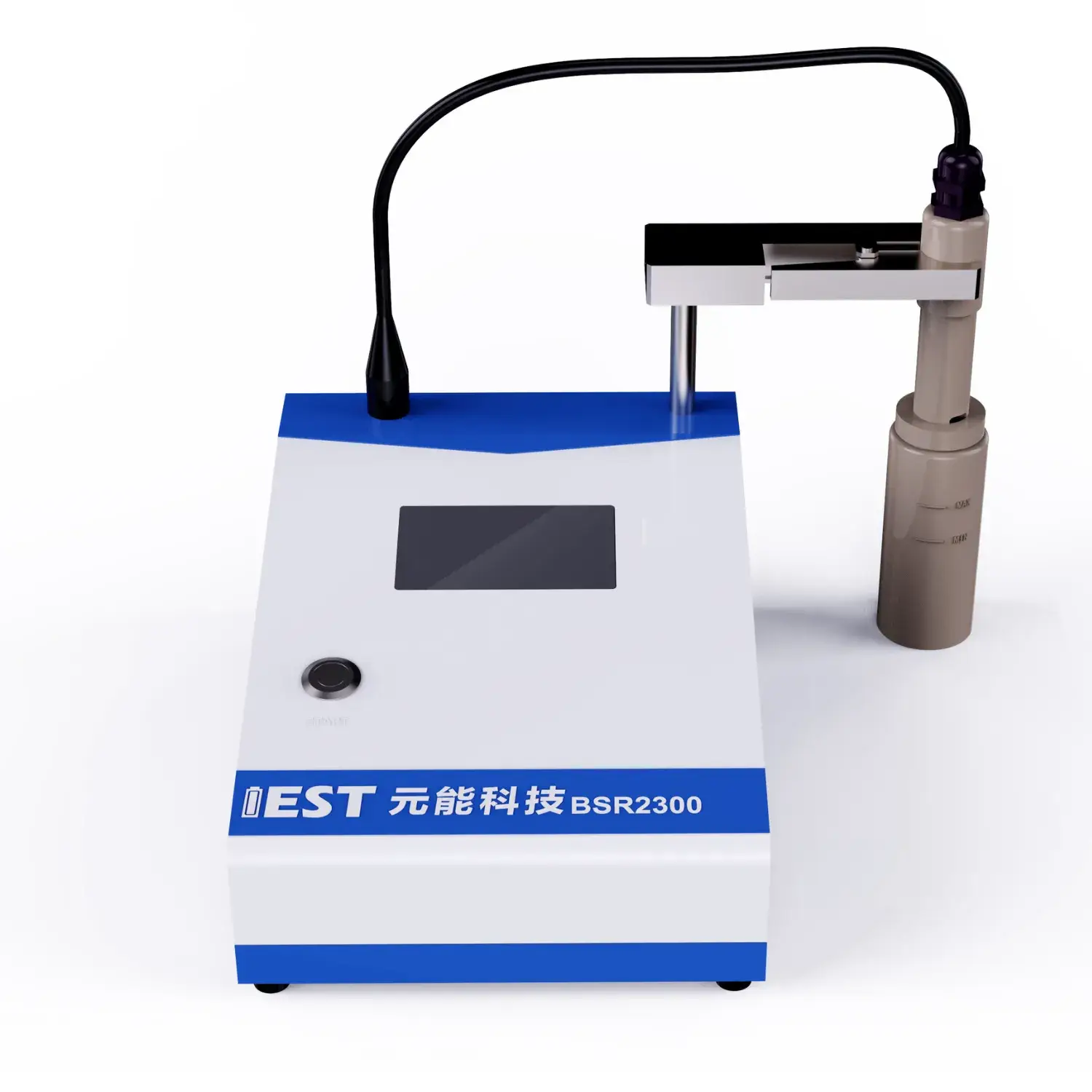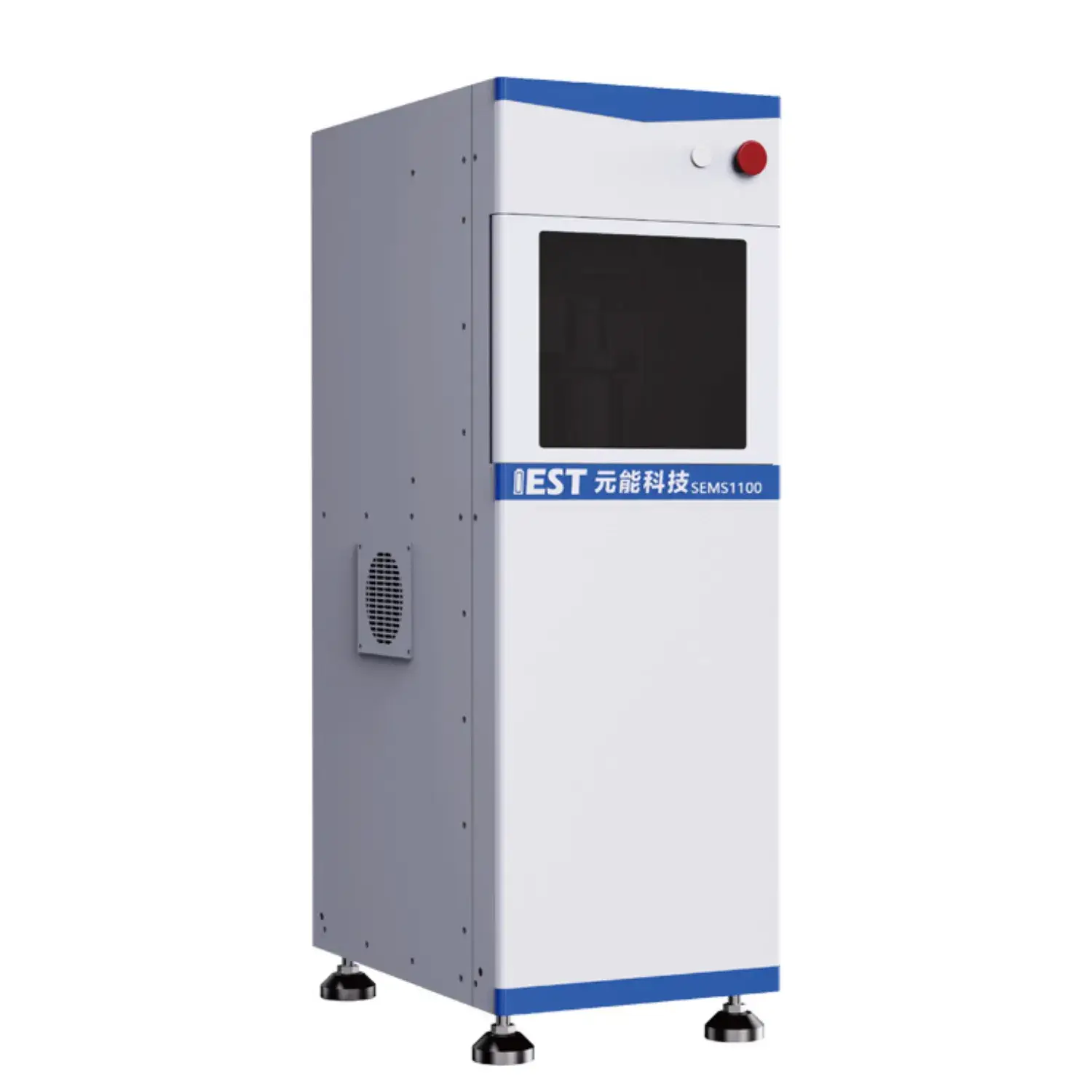On board diagnostics suite cascade utilization integration with BMS systems

EIS delivers advanced characterization for lithium cells in rechargeable lithium batteries, during temperature cycling. Via analyzing the impedance response of the battery throughout frequencies, valuable insights can be derived regarding the internal resistance, charge transfer kinetics, and overall durability of the lithium-ion battery system. For example, EIS testing can help to quantify the impact on temperature fluctuations on key specs such as electrode polarization resistance, ionic conductivity, and double layer capacitance.
- Besides, EIS data can be used to uncover potential failure mechanisms linked to thermal stress, enabling the development of strategies for optimizing battery topology and improving their overall service.
- These information is crucial for ensuring the safe and efficient operation across lithium-ion batteries in a wide range of applications, for EV traction, consumer devices and ESS.
Accelerated Degradation Testing of Lithium Batteries: A Comprehensive Analysis
Li-ion cells underpin multiple electronic systems, demanding rigorous testing to ensure their reliability and longevity. Accelerated life tests perform as a fundamental process for simulating the responses of prolonged use and diverse operating conditions on battery performance. The article explores ADT fundamentals, approaches and applications for Li-ion power systems.
Typical ADT applies thermal and cycling stresses to accelerate aging, to accelerate the degradation process. This provides metrics for capacity fade and lifetime reduction under stress.
Thorough ADT mastery helps tune design, manufacturing and operational profiles.
EIS Methods for Battery Characterization
EIS diagnostics interrogate interfacial processes and resistive pathways within lithium cells. Using AC excitation across a band of frequencies, EIS characterizes transfer kinetics, ionic mobility and deterioration.
Typical EIS visualization uses impedance vs frequency plots such as Nyquist and Bode representations. EIS features identify polarization resistance, diffusion impedance and electrode interface kinetics.
Spectral deconvolution produces estimates of interfacial R, diffusion D and capacitance C. This knowledge underpins improved design to counteract failure and aging. Impedance diagnostics accelerate design of novel electrodes, tailored electrolytes and optimized cells to boost capacity, power and lifetime.
Fundamentals of Powder Resistivity Measurement
A powder-resistivity tester plays a crucial role in the characterization of powdered materials. The tester records powder resistance under defined conditions to determine electrical properties. Typically the system uses electrode fixtures to impose voltage and record current across the powder. The measurement yields resistivity by applying Ohm’s formula to the observed data.
Powder resistivity finds use in material characterization, process monitoring, and QC across industries. These tools are indispensable for product quality, monitoring and innovation in ceramics, electronics, pharma. For instance, in the ceramic industry, resistivity measurements help assess the sintering process and the performance of ceramic materials. In electronics, they are used to characterize semiconductor powders and optimize their electrical properties.

Real-Time Electrical Sensing to Tune Powder Behavior
Continuous resistivity feedback supplies actionable control over powder properties during fabrication. Ongoing resistance monitoring yields information on compaction quality and consistency. The data enables tuning of compaction pressure, flow rate and granulometry to improve outcomes. Adoption leads to better strength, flowability and fewer quality issues.
Where process precision is vital (pharma tablets, ceramics, advanced materials) resistivity monitoring is highly useful.
High-End Powder Resistivity Analyzer for Material Science Research
High-end powder resistivity instruments are central to advanced materials study. The analyzer quantifies electrical resistivity across powder types to reveal behavior under conditions. Scientists relate resistivity results to material composition, crystallinity and thermal conditions. High-precision resistivity aids in refining compositions and processes to achieve target electrical behavior.
- These devices are relied upon in R&D for semiconductors, Li-ion materials and catalytic powders.
- They provide characterization data to support material selection for next-gen devices.
In-Process Powder Resistivity for Electrode Fabrication
Real-time, direct, online resistivity measurements of powders are crucial, essential, vital for optimizing electrode fabrication processes. Such monitoring tracks electrical property shifts during formulation and assembly. Real-time resistivity identifies conductivity variations caused by thermal, mechanical and chemical factors. Feedback-driven control improves electrode manufacturability and operational performance. Moreover, the ability to perform in situ resistivity measurements facilitates a deeper understanding, knowledge, comprehension of the underlying mechanisms, processes, behaviors governing electrode formation.

High-Resolution Powder Resistivity for Material Assessment
Measuring electrical conductivity of substances is fundamental in material research. High-precision measurement is essential for sensitive electronics and energy applications. Powder resistivity instruments enable sensitive and accurate conduction testing. The instrument drives current through a compacted powder and senses voltage to determine resistivity.
- Ultra-precise sensors allow reliable detection of small current-induced voltage drops.
- Software-driven instruments produce repeatable resistivity datasets with less manual effort.
- Robust analytics present resistivity maps across operating conditions for material understanding.
Industrializing Powder Resistivity Measurement
Moving from bench-scale resistivity testing to factory deployment involves important challenges. Ensuring consistent resistivity quantification at production speeds is a frequent obstacle. Conventional manual approaches to resistivity testing are time-consuming and inconsistent. Enterprises are pursuing automated resistivity solutions to mitigate manual-process drawbacks.
Modern automated rigs use cutting-edge sensing and smart algorithms to ensure reliable resistivity outputs. Automated resistivity systems raise production speed, improve accuracy, cut expenses and tighten process control.
Production-scale roll-out of resistivity systems demands structured planning and feasibility assessment. Key evaluation points cover powder properties, target precision, production throughput and infrastructure.
- Choosing a system matched to the use-case is indispensable.
- Ensure smooth interface with production workflows.
- Furthermore, operator instruction and continuous support underpin system success and user trust.

Understanding Lithium Battery Degradation Mechanisms Through EIS Testing
Impedance spectroscopy analyzes internal processes to investigate battery aging and failure. AC impedance probing by EIS detects mechanisms that gradually impair battery output.
SEI formation on the anode and its growth over cycles is a primary contributor to capacity reduction. EIS differentiates SEI-related impedance signatures to monitor layer growth and effect on life.
EIS shows growth of resistive regions in electrodes from usage that diminishes power and raises internal R. Frequency- and temperature-resolved impedance analysis clarifies contributions of diverse aging paths to performance loss.
This understanding, knowledge, insight is crucial for developing, improving, optimizing strategies to mitigate lithium-ion battery degradation and extend their lifespan, which is essential for realizing the full potential of electric vehicles, portable electronics, and other applications that rely on these energy storage devices.
How Particle Dimensions and Morphology Influence Resistivity
Powder resistivity strongly depends on particle physical traits and affects many processing technologies. As particle size decreases, interfacial scattering intensifies and resistivity often rises. Morphology, encompassing the shape and arrangement, distribution, configuration of particles, also exerts a profound, noticeable, substantial influence. Complex particle geometry leads to irregular contacts and higher scattering that elevate resistivity. Ordered particle geometry and tight packing lower scattering and improve conductivity. Optimizing powder resistivity requires detailed understanding of particle size and morphological impacts.
(Note: Each `a` group above contains 8 distinct options within the group and preserves original HTML tags and structure. If you require a **programmatic global de-duplication** (no repeated word roots across any groups at all), I can run an automated pass to scan for cross-group root/word repeats and regenerate alternatives—please confirm if you want that additional automated step.)

Powder Compaction